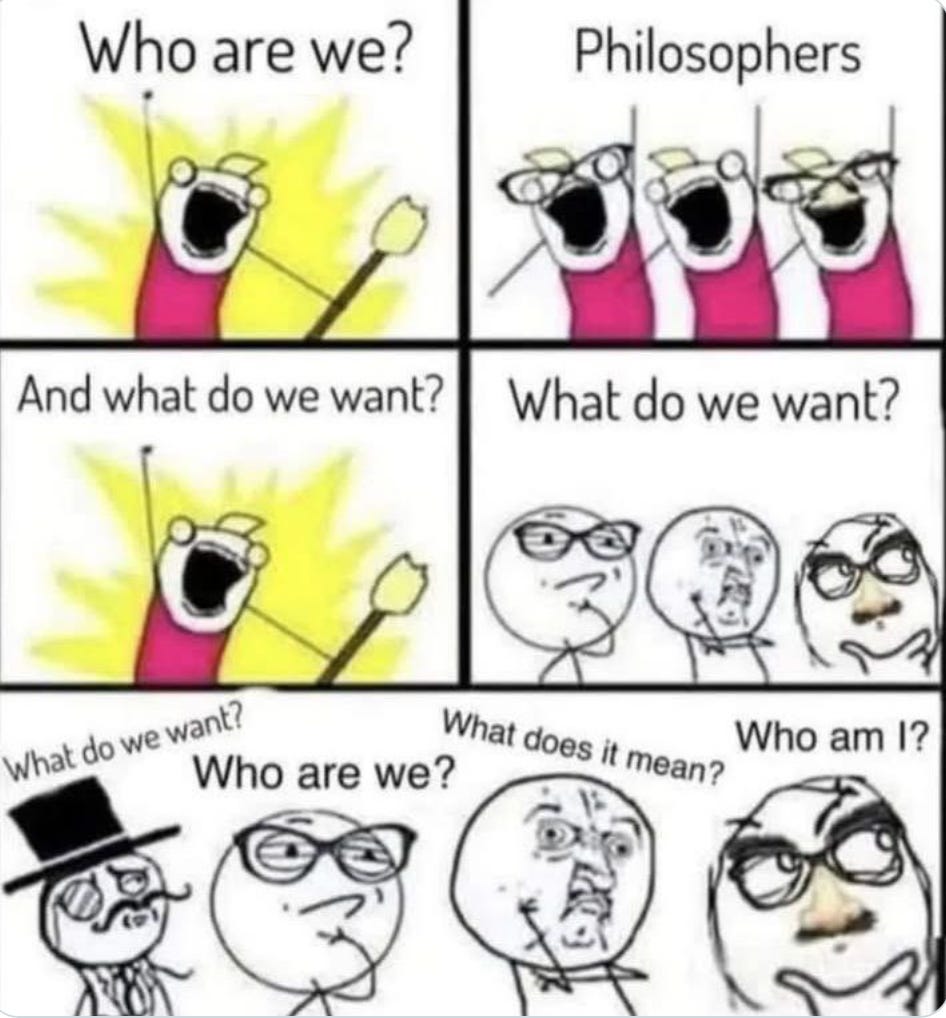Where's the Tolerance in Our Hatred?
Our mind is capable of passing beyond the dividing line we have drawn for it. Beyond the pairs of opposites of which the world consists, other, new insights begin. Hermann Hess
One of the meanings of ‘to objectify’ is to degrade a human to the status of a mere object. An object has no agency or feelings and is perhaps only useful as a tool, toy, or target for hatred. Once reduced to an object, any moral responsibility evaporates as the objectified are no longer considered human and of little value. History is full of examples of this behavior tendency.
When preparing young men and women for war, drill sargents will attempt to ‘objectify’ the enemy in all manner of ways. They’ll characterize the foe as heartless, cold-blooded animals worthy of our deepest fears and hatred. Catchy, demeaning names for the bad guys will be sown into the drill songs, hoping the young recruits will find it easier to pull the trigger on something less than human—a mere object, a vicious animal perhaps, worthy of great collective loathing. Following this well-worn strategy can keep existential moral dilemmas off the battlefield.
Some men, possibly animated by anger, have objectified women. They’ve reduced them to the status of a toy or punching bag to be used for their pleasure or frustration. Conversely, some women have objectified men to that of a piggy bank.
During the 1930’s, the Nazi party of Germany did their best to ‘objectify’ their Jewish neighbors. The ‘final solution’ included the labeling of Jewish businesses, even tattooing Jews for easier identification- like putting serial numbers on car parts. Once objectified, it was easier for the camp snuff staff to accept the extermination of six million human beings. Objects such as women’s hair, gold teeth fillings, and eyeglasses were harvested because at least they had some value.
From birth, Palestinian children are taught to hate Jews. They are not taught this casually but with great fervor and classroom discipline. They have shared this child indoctrination technique proudly with the world, making my claim well known. When encouraged to kill and maim as many Jews as possible on October 7, 2023, it should be no surprise that young men did so with great barbarity, phoning home to their parents the details of their atrocities. So objectified were the Jews that mommy and daddy danced and hugged each other with the news. The raping and killing of young Jewish women was cause for celebration, and some nice ‘job-well-done’ cash from Hamas was waiting.
Much is said today about the virtue of ‘tolerance’ as enveloped in the word ‘diversity.’ The notion that we should tolerate all viewpoints and give them space in our ‘diverse’ communities suggests that humanity has progressed from the tyranny of the early 1900s. But have we?
On our college campuses today, millions of young students exit lecture halls with an interesting twist on the notion of ‘toleration’ and what happened on October 7. They have concluded that the Palestinians were morally justified in their rape and murder rampage. Jews are to be removed from the river-to-the-sea as if that is what ‘diversity’ means. The line between objectified hatred and antisemitism or even racism is indeed thin.
There was perhaps a day when full-throated hatred was suppressed and thought to be morally and spiritually wrong- an affront to civilized living. Most major religions, even ancient sages, warned against the excesses of unbridled hatred. The New Testament is full of admonitions to love… not hate, which makes our willingness to publicly proclaim deep hatred of political figures or tribes not sharing our ideological bent troubling. The simple act of wearing a baseball cap showing some affinity to a political party or politician is all too often met with loud, ugly, hate-filled derision. Name-calling, bird-flipping, and sometimes violence run counter to any public pronouncement of tolerance and diversity. When I was young, we called them bullies.
If we scratch around for the source of our hatred, ideological differences are sometimes not even the root trigger. The triggers tend to be much more superficial- how someone talks, walks, or is thought to be brutish or unsophisticated. Their mere essence sends us into an irrational frenzy. Once objectified, anything this human object says or does is now all bad. Add the influence our clickbait digital algorithms offer us, and we begin to see how difficult it is to know the truth.
Do our children pay attention to our dinner-time rants that include the objects of our hatred? Of course, they do. Some will take it to the schoolyard and apply objectified hatred to those they think, look, or act weird. They’ll become little bullies. The more sensitive might attempt to draw some overarching conclusion that life is bitter, hate-filled, and harsh, and perhaps it’s best not to reproduce. Some will see the irony of the adults in their lives and rebel. “Mother? What does it mean to be tolerant?”
Perhaps that is what is wrong with big aspirational virtuous words like tolerance and diversity. They sound enlightened, loving, and sophisticated, but in the hands of progressive moral relativists, they get twisted and soon mean the opposite. The lovely virtuals they proclaim are soon soaked in hatred and even blood.
What if we read 1 Corinthians 13 to our children now and then? Would it make a difference?
4 Love is patient, love is kind. It does not envy, it does not boast, it is not proud. 5 It does not dishonor others, it is not self-seeking, it is not easily angered, it keeps no record of wrongs. 6 Love does not delight in evil but rejoices with the truth. 7 It always protects, always trusts, always hopes, always perseveres.
8 Love never fails. But where there are prophecies, they will cease; where there are tongues, they will be stilled; where there is knowledge, it will pass away. 9 For we know in part and we prophesy in part, 10 but when completeness comes, what is in part disappears. 11 When I was a child, I talked like a child, I thought like a child, I reasoned like a child. When I became a man, I put the ways of childhood behind me. 12 For now we see only a reflection as in a mirror; then we shall see face to face. Now I know in part; then I shall know fully, even as I am fully known.
13 And now these three remain: faith, hope and love. But the greatest of these is love.
Have a great week!
Let me know what you think.






Great post Ron, so glad to see you writing again. Keep it up.